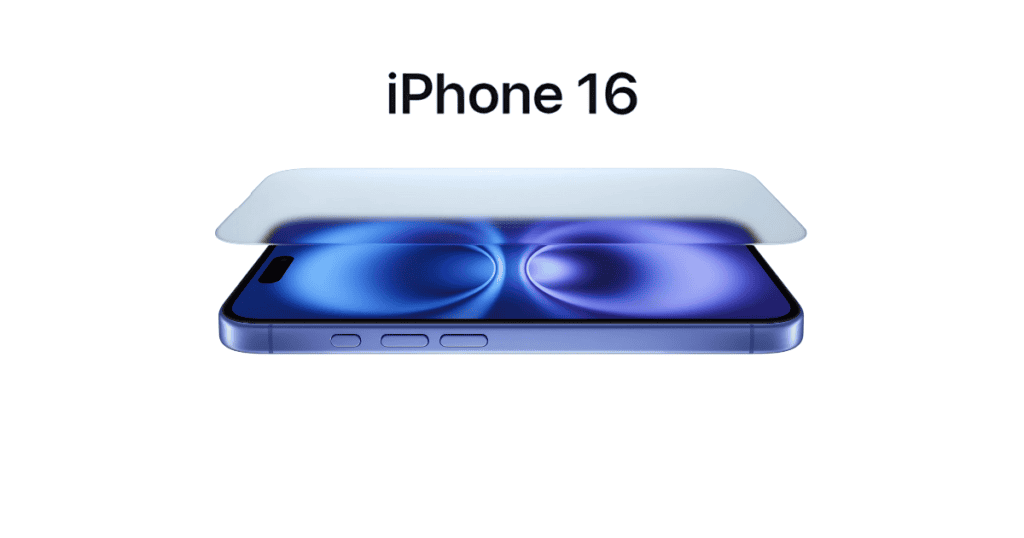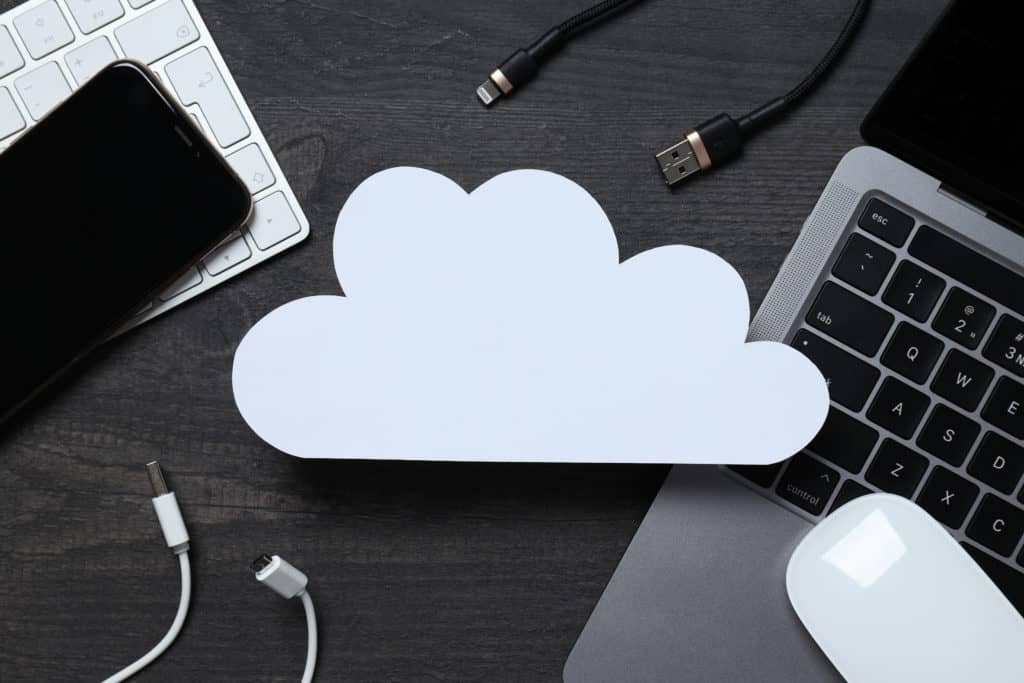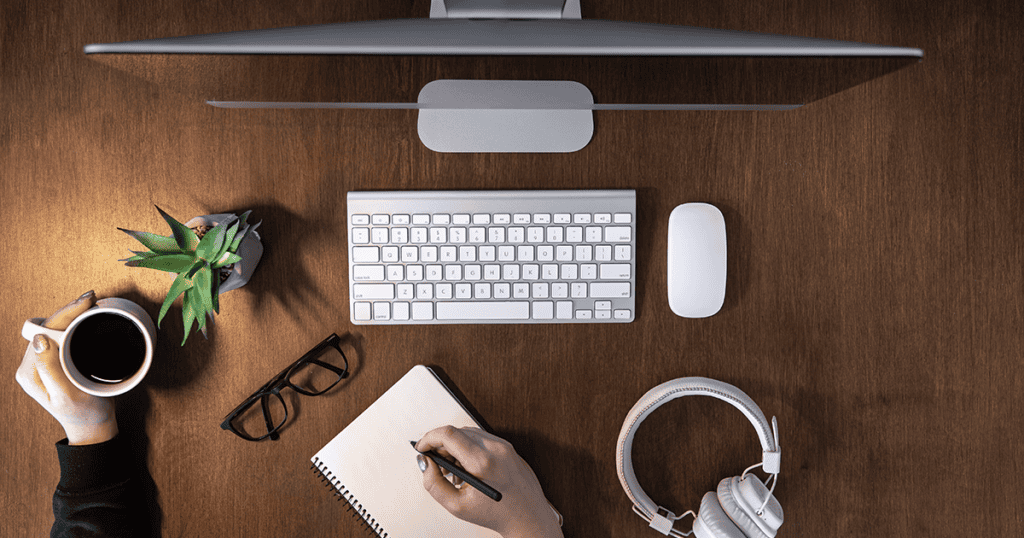The introduction of the iPhone 16 models, featuring a Ceramic Shield that boasts a remarkable 50% increase in durability compared to previous generations, raises significant questions about the evolution of smartphone design and user expectations. This enhancement not only promises improved drop resistance but also positions Apple at the forefront of addressing consumer concerns regarding device fragility. As we explore the implications of this advancement, particularly regarding user experience and industry standards, it becomes essential to reflect on how this shift may influence future smartphone innovations. What might this mean for the competition?
Enhanced Durability Features
As smartphone users increasingly prioritize durability, the iPhone 16 models stand out with their enhanced durability features, particularly the introduction of a new Ceramic Shield. This innovative glass-ceramic formulation is 50% tougher than its first-generation counterpart, markedly improving drop protection and ensuring that the devices can withstand the rigors of daily use.
The ceramic shield is engineered to be twice as tough as the glass found in competing smartphones, providing exceptional resistance to shattering. This advancement not only enhances the overall durability of the iPhone 16 models but also reduces the likelihood of costly screen repairs, a common concern for many smartphone users.
Moreover, all iPhone 16 models incorporate this cutting-edge material, reflecting Apple’s commitment to long-term performance and user satisfaction.
The design of these models has also been refined, boasting a 10% thinner profile compared to previous iterations while maintaining strength and aesthetic appeal.
This combination of a robust ceramic shield and a slimmer design sets a new standard for durability in high-end smartphones, ensuring that users can enjoy their devices without the constant worry of accidental damage.
Comparison With Previous Models
The iPhone 16 models mark a significant upgrade in terms of durability with the introduction of a 50% tougher ceramic shield compared to the first-generation ceramic shield used in the iPhone 12. This enhancement offers improved drop protection, addressing one of the key concerns users had with earlier models, particularly around screen durability.
In contrast to earlier models like the iPhone 15, which faced some criticism for micro-scratching, the iPhone 16’s ceramic shield is engineered to be twice as strong as standard glass used in competing smartphones, providing superior protection from everyday wear and accidental drops.
The iPhone 16 also features a 10% thinner profile, giving it a sleek, modern design without compromising on durability. This combination of toughness and design refinement sets the iPhone 16 apart from its predecessors and competing models, positioning it as a new standard for smartphone durability.
Comparison Table: iPhone 16 vs. iPhone 15 vs. iPhone 12
| Feature | iPhone 16 | iPhone 15 | iPhone 12 |
|---|---|---|---|
| Ceramic Shield Toughness | 50% tougher than iPhone 12 | Same as iPhone 12 | First-generation ceramic shield |
| Drop Protection | Improved, industry-leading | Standard | Moderate |
| Scratch Resistance | Enhanced, reduced micro-scratching | Notable micro-scratching issues | Moderate resistance |
| Thickness | 10% thinner than iPhone 12 | Same thickness as iPhone 12 | Original thickness |
| Durability vs. Standard Glass | Twice as strong as standard glass | Comparable to standard glass | Comparable to standard glass |
The iPhone 16’s ceramic shield delivers substantial improvements in both durability and design over the iPhone 15 and iPhone 12, ensuring a higher level of protection against accidental drops and daily wear, all while maintaining a thinner, sleeker profile.
Impact on Screen Protection
The advancements in the iPhone 16 models not only enhance overall durability but also greatly impact screen protection. The new ceramic shield, which is 50% tougher than its predecessor, markedly improves the device’s resilience against drops and impacts. This robust formulation is designed to be twice as strong as the glass used in competing smartphones, primarily focusing on reducing shattering incidents.
With a display design that is 10% thinner than previous models, the iPhone 16 balances aesthetics and durability without compromising screen protection. Enhanced crack resistance is a standout feature of this advanced glass-ceramic formulation, aiming to minimize the frequency of screen repairs that users often encounter.
While the improvements in shatter resistance are commendable, discussions persist regarding the trade-offs between crack resistance and scratch resistance. Users are particularly concerned about achieving ideal durability in various conditions, emphasizing the need for a well-rounded protective solution.
Water and Dust Resistance
With an impressive IP68 rating under IEC standard 60529, the iPhone 16 models demonstrate exceptional water and dust resistance capabilities. This rating guarantees that the devices can withstand submersion in water up to 6 meters deep for a duration of 30 minutes, making them highly durable in aquatic environments.
Additionally, the ceramic shield incorporated in the design enhances the overall durability of the iPhone 16, providing significant protection against daily wear and tear, while also effectively resisting scratches.
It is vital to note that while the iPhone 16 models are designed to resist splashes and dust, this water and dust resistance is not permanent. Over time, normal wear and tear may diminish these protective features.
Users are advised to follow specific cleaning guidelines to maintain the integrity of this resistance, as liquid damage is not covered under warranty. Testing for water and dust resistance is conducted under controlled conditions, emphasizing that proper usage is essential for maintaining longevity.
User Experience Improvements
The iPhone 16 models bring substantial advancements in user experience, largely due to the improved Ceramic Shield, which is now 50% tougher than previous versions. This upgrade directly addresses concerns around smartphone fragility, offering increased protection from drops and everyday wear.
- 50% Tougher Ceramic Shield: Enhanced protection against drops and scratches.
- 10% Thinner Design: A sleeker profile without compromising durability.
- Improved Drop Protection: Significantly reduces the likelihood of screen shattering.
- Reduced Need for Accessories: With enhanced durability, users may opt out of bulky cases and screen protectors.
- Enhanced User Confidence: The tougher shield allows for worry-free handling of the device.
These improvements contribute to a more satisfying and worry-free user experience, offering both aesthetic appeal and enhanced durability.
Industry Reactions and Reviews
Many industry experts and consumers alike have responded to the iPhone 16’s introduction of the 50% tougher Ceramic Shield, igniting discussions centered on its claimed durability.
While many reviews commend the enhanced toughness of the Ceramic Shield compared to previous models, skepticism remains regarding the durability claims. Users have reported a mixed bag of experiences, with some noting a decrease in screen damage incidents, while others have encountered scratches despite the touted advancements.
This variability in real-world performance has led to a call for independent testing to substantiate Apple’s assertions about the Ceramic Shield’s resilience.
As consumer perceptions shift, there is a noticeable increase in interest towards protective accessories and cases designed to further safeguard the device. The market’s response highlights a growing trend where users seek additional layers of protection, indicating that trust in the built-in durability features may not be entirely solidified.
Future of Smartphone Durability
As discussions around the iPhone 16’s durability continue to evolve, the future of smartphone durability appears poised for transformative advancements. The introduction of a ceramic shield that is 50% tougher than previous iterations exemplifies the industry’s commitment to enhancing device longevity. This shift is not only about improving scratch and drop resistance but also about integrating sustainable practices into smartphone construction.
The table below illustrates key factors influencing the future of smartphone durability:
| Factor | Description |
|---|---|
| Ceramic Shield Technology | Enhances durability with advanced materials. |
| Consumer Demand | Increasing preference for long-lasting devices. |
| Sustainability | Incorporating recycled materials in production. |
| Protective Technologies | Innovations reducing repair costs and risks. |
| Market Trends | Shift towards more resilient smartphone designs. |
As manufacturers focus on these advancements, consumer purchasing decisions will increasingly hinge on the durability and sustainability of devices. The integration of enhanced protective technologies not only addresses concerns over device fragility but also aligns with a growing demand for eco-conscious products, setting a new benchmark for the smartphone industry moving forward.
MacReview’s Take
The launch of the iPhone 16 models with their 50% tougher Ceramic Shield sets a new benchmark for smartphone durability. This significant improvement in screen protection meets the growing consumer demand for devices that are both resilient and sleek. The enhanced Ceramic Shield technology not only ensures better drop and scratch resistance but also pushes the boundaries of mobile device durability. As the industry advances, the iPhone 16 is likely to influence competitors to upgrade their own protective technologies, shaping a future where durability is as essential as design in mobile innovations.



